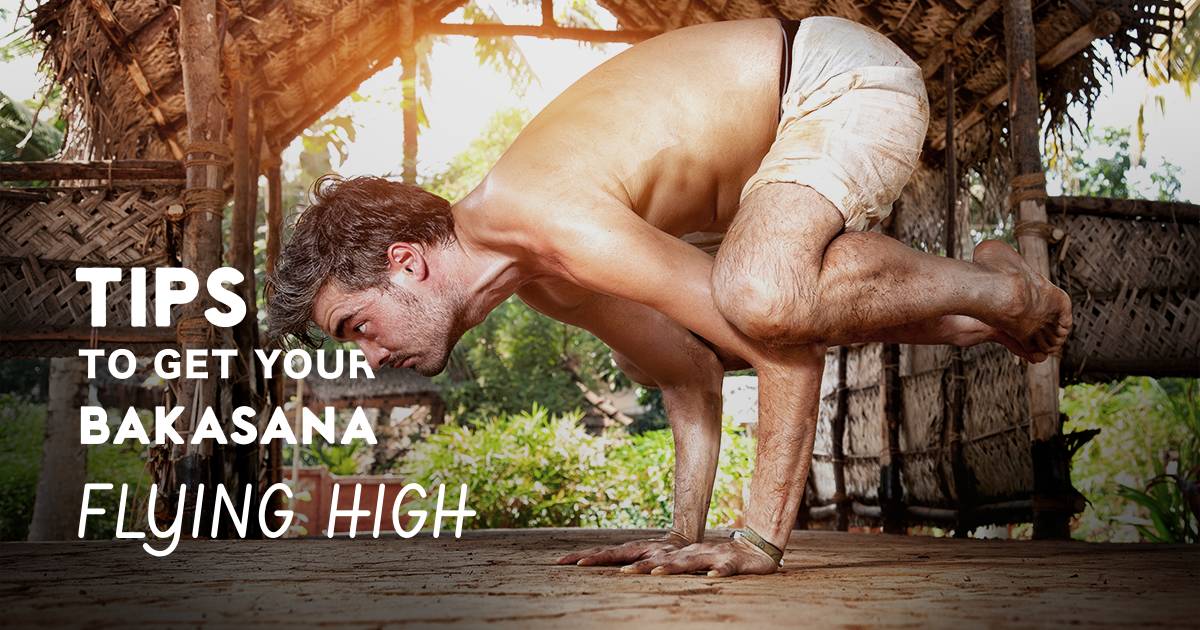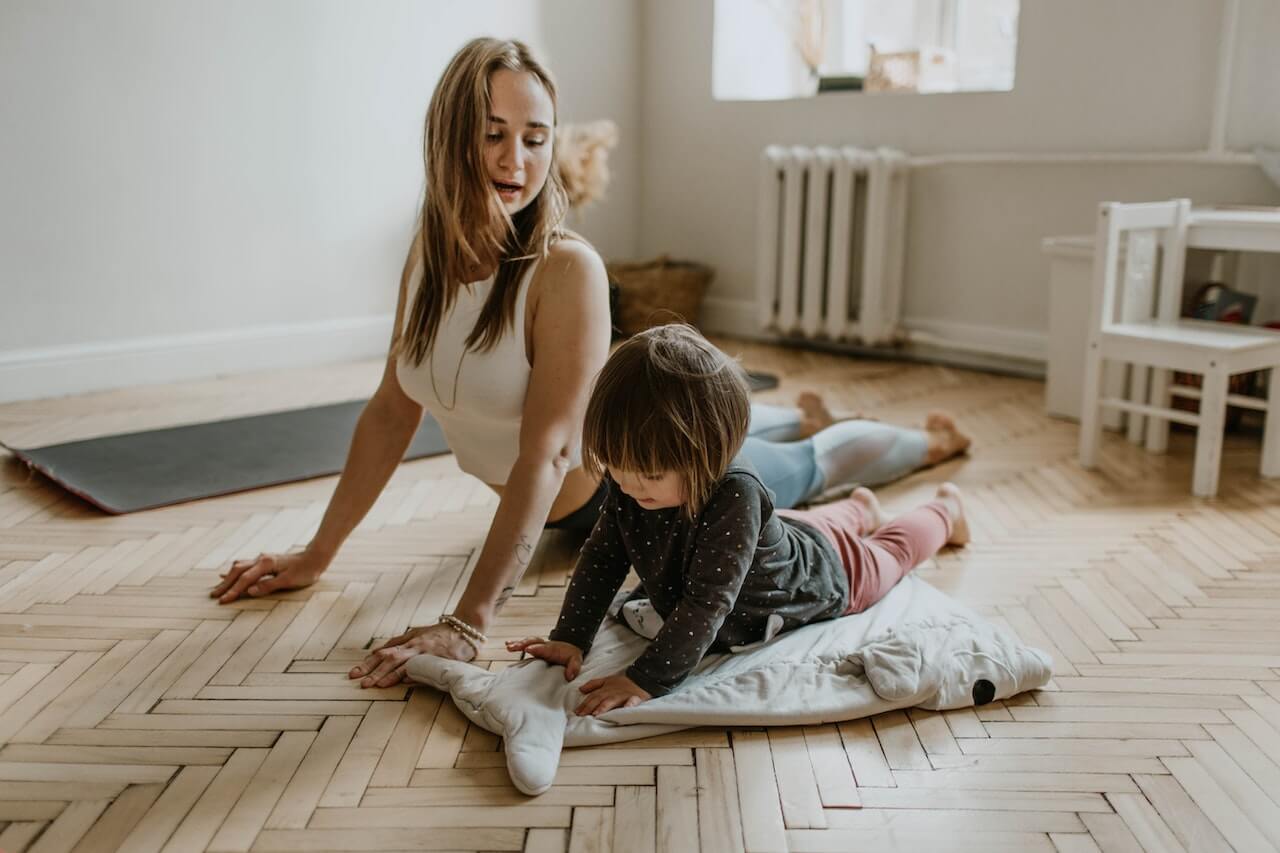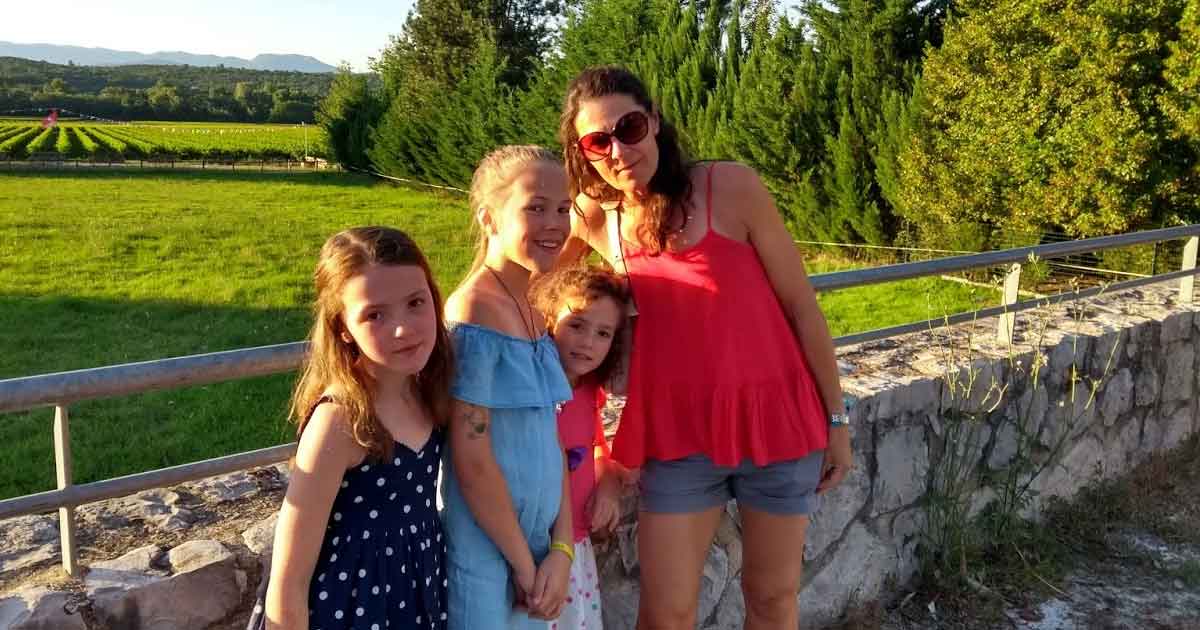Ever wondered how yogis do those impressive-looking arm balances? They master their Bakasana first.
First let me tell you some of the many benefits of this yoga pose (bar it being the gateway to fancier and more acrobatic things)
- It helps to strengthen the arms and wrists
- It stretches the muscles of the upper back and increases the flexibility of the upper spine
- Tones the abdominal muscles
- Improves digestion by toning the abdominal organs
- Opens the hips by stretching the muscles of the groin
- It helps to build concentration
- Helps to build confidence in your self… and you’d be amazed at how strong you actually are!
…Feeling up to it?
– Put a cushion on the mat, about a foot in front of you (…just in case!)
– First start in Malasana, pressing your knees and upper arms together tightly (like your trying to hold a piece of paper in between them)
– Bring your hands down onto the mat in front of you, about shoulder distance apart, still maintaining that engagement of the knees and upper arms, and come up onto the balls of your feet.
– As you inhale just start by gently rocking forwards over your wrists to feel your weight transfer from your feet onto your hands
– Once you’re feeling confident, inhale, and come forward over your hands once again. Slowly lifting one foot off the floor, either staying with one foot lifted or slowly lifting the other foot until your big toes are touching.
Now you’re up, here are my 6 tips to help you feel strong and steady on your perch:
1. Claws
Your hands should be shoulder distance apart. Spread your fingers as wide as you can, press down through all for corners of the pad of your hand and grip the mat with your fingertips. I once had a teacher who’d say, “your hands are your feet in arm balances, your foundation, feel them rooted to the earth and spread your weight evenly”- genius!
2. Shoulders
Actively push the floor away using the muscles of your shoulders, rounding your upper back.
3. Your knees are your armpits new best friends
…and they want to give each other a bear hug. Bakasana is not only an arm balance; it’s also a great hip opener. By using your groin muscles to hug your arms, you are engaging the shoulder girdle, bringing strength to your upper arms. You are also both stretching and contracting the muscles of the groin at the same time – which we yoga-nerds call isometric stretching, and is a very effective way of increasing flexibility.
4. Say hello to your bandhas
Bandahas are predominantly used in the Ashtanga yoga method – as developed by Sri K. Patthabi Jois, and are our bodies natural locking system. They lock in the energy and divert it upwards, bringing strength, stability and lightness to our asana practice. This is particularly useful when it comes to Bakasana.
First engage your root lock/mula bandha by tightening the area of your perineum to about 60% of your full capacity. Then engage Uddiana bandha/upwards flying lock (very appropriately named for bakasana!) by lifting the area below your navel in and up to about 40% of your max.
5. Watch your prey
Have you ever seen a crow watching it’s prey? It stands still, steady. Concentrating its attention on not letting it’s prey out of sight. I was taught to gaze about 2-3 feet in front, fixing your gaze on an object that’s not going to move- I usually use the short edge of my mat.
6. Breathe!
Yes, funnily enough breath is essential to this pose. Firstly make sure that you come into the pose on an inhale whilst engaging your bandhas, this will bring air up high into your chest cavity (as opposed to your abdomen) helping to divert the energy upwards, bring your weight forwards over your hands and make it easier to lift your hips. Then once your crow is perched up there concentrate your energy on your breath, keeping your breaths slow and smooth.





Leave A Comment